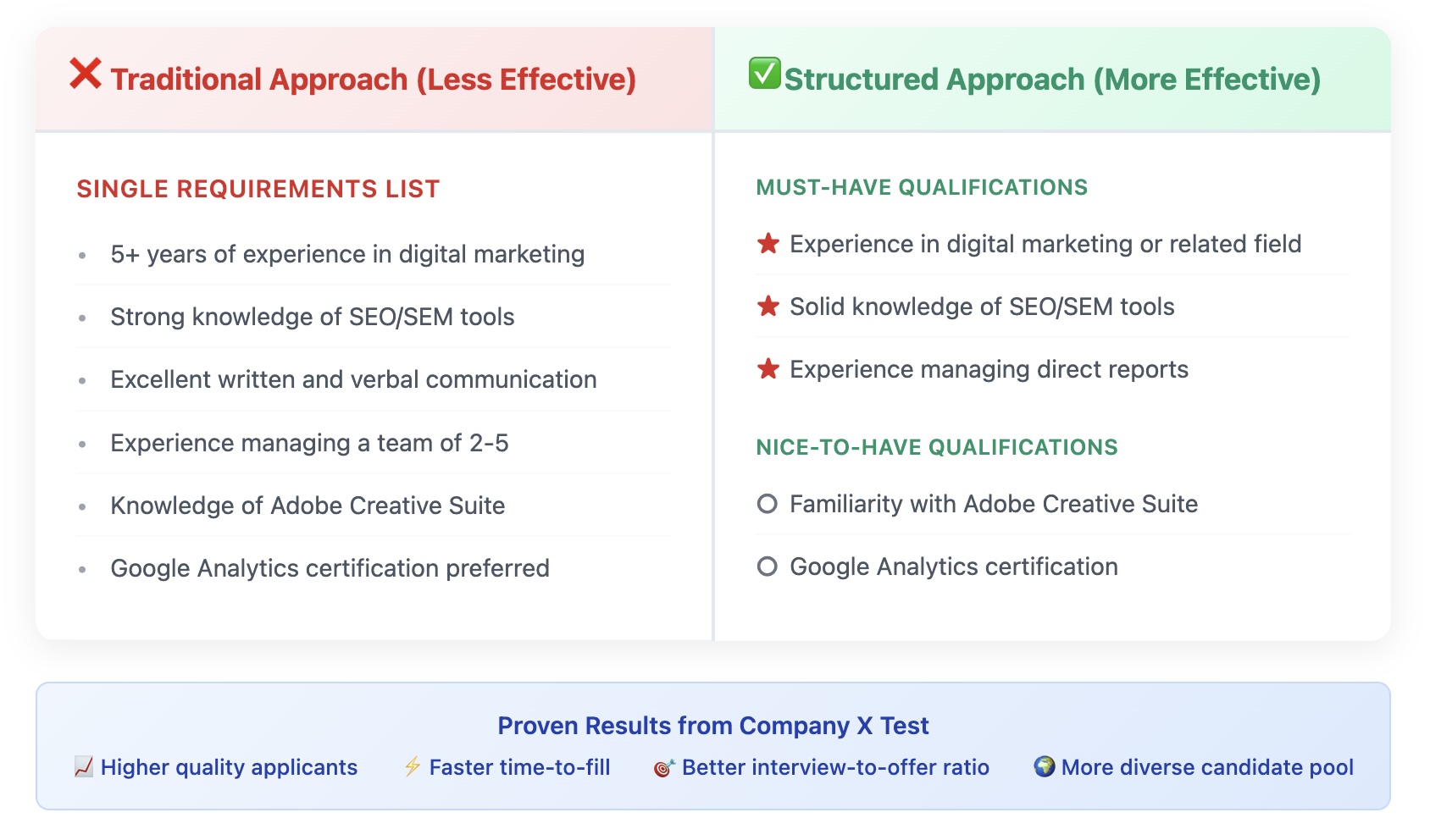10 Sep Navigating Probation Periods: Best Practices for Employers
The probation period is a critical phase for both employers and employees. It provides an opportunity to assess the fit, capabilities, and performance of a new hire before making the employment permanent. For employers, navigating this period effectively can help ensure that they are building a strong and productive team. However, probation periods come with their own set of considerations, from setting clear expectations to following employment laws. Having a solid understanding of probation period best practices, along with a comprehensive UK Probation Period Guide, can help businesses make the most of this important stage.
In this article, we will explore best practices for navigating probation periods, helping employers ensure a smooth and productive start for their new employees.
1. Set Clear Expectations from Day One
One of the most important aspects of a successful probation period is setting clear expectations right from the beginning. Employees should have a thorough understanding of their roles, responsibilities, and performance standards. It’s important to provide detailed job descriptions, outline specific goals, and communicate what constitutes successful performance during the probation period.
Managers should make sure that the new employee understands what is expected in terms of productivity, teamwork, and behaviour in the workplace. This clarity will not only help the employee adjust quickly but also make it easier to assess their performance fairly at the end of the probation period.
Using a UK Probation Period Guide can help you establish a structured approach to setting expectations, ensuring consistency across different roles within your business.
2. Provide Regular Feedback and Support
Ongoing communication is key to helping new employees succeed during their probation. Regular check-ins, whether weekly or bi-weekly, provide an opportunity for managers to assess progress, offer constructive feedback, and address any challenges the employee may be facing. It’s equally important for employees to have a space where they can raise concerns or ask for clarification on tasks or expectations.
During these meetings, highlight areas where the employee is performing well and provide actionable feedback on areas needing improvement. Offering support, such as additional training or resources, can go a long way in ensuring that the employee has every chance to succeed.
Remember, probation is not just about evaluating performance—it’s also about giving the employee a fair opportunity to meet the required standards. Providing regular feedback helps employees make necessary adjustments early on and shows that the company is invested in their development.
3. Document Performance and Conversations
Throughout the probation period, it’s essential to document performance-related conversations and observations. Keeping a record of check-ins, feedback provided, and progress made will serve as valuable evidence if the probation period doesn’t go as planned. This documentation can protect your business from potential disputes or claims of unfair treatment.
If an employee’s performance is not meeting expectations, it’s important to give them clear written feedback detailing the areas of concern and outlining what needs to change. Using a structured UK Probation Period Guide can provide you with templates for documenting performance assessments, ensuring consistency and clarity across your business.
4. Conduct Mid-Point Reviews
While regular check-ins are important, conducting a formal mid-point review during the probation period is a best practice. A mid-point review offers a more comprehensive assessment of the employee’s performance, allowing both the employer and employee to reflect on the progress made so far.
This review provides an opportunity to identify any serious issues that need addressing or to confirm that the employee is on track to successfully pass their probation. It also gives the employee time to make meaningful improvements before the final review.
A structured approach, such as one outlined in a UK Probation Period Guide, can help ensure that mid-point reviews are conducted consistently and objectively.
5. Know When to Extend the Probation Period
In some cases, it may be necessary to extend the probation period if the employee has shown promise but hasn’t fully met the required performance standards. This extension should be communicated clearly, with a set time frame and specific goals that the employee needs to meet.
It’s important to note that any extension to the probation period should be in line with the terms outlined in the employee’s contract. Employers must provide the employee with written notice of the extension, detailing the reasons for the extension and what is required for successful completion.
Having a UK Probation Period Guide can help ensure that any extension decisions are handled legally and fairly.
6. Make the Final Decision
At the end of the probation period, it’s time to make the final decision—whether to confirm the employee’s permanent status, extend their probation, or terminate the employment. This decision should be based on the documented performance assessments and feedback provided throughout the probation period.
If the employee has met the necessary standards, it’s important to formally confirm their position and provide an updated contract reflecting their permanent status. If the decision is to terminate the employment, make sure that all legal requirements are met, including giving the appropriate notice and handling any entitlements such as accrued holiday pay.
Ensuring that you follow a structured process, such as the one detailed in a UK Probation Period Guide, will help protect your business from legal challenges and ensure that decisions are fair and justified.
Conclusion
Successfully navigating probation periods requires clear communication, ongoing support, and careful documentation. By setting clear expectations, providing regular feedback, and conducting formal reviews, employers can help new hires succeed while ensuring that the right decisions are made at the end of the probation period.
Using resources like a UK Probation Period Guide ensures that your business follows best practices and remains compliant with employment laws. Ultimately, an effective probation period not only protects your business but also helps you build a stronger and more capable workforce.











